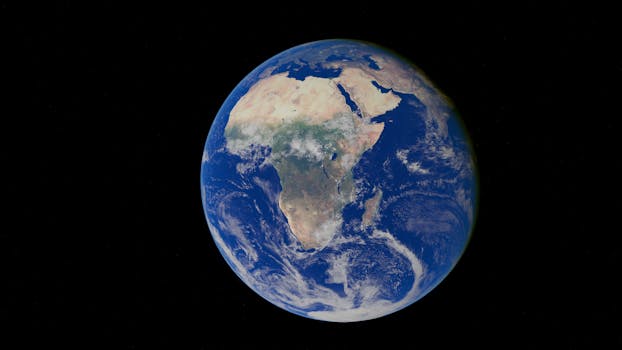
“
From Stardust to Dreams: Imagining Life Beyond the Stars
Introduction to the Cosmos and Life Beyond Earth
From Stardust to Dreams: Imagining Life Beyond the Stars is a topic that has fascinated humans for centuries. The possibility of life existing beyond our planet is a notion that has sparked intense debate and research in the scientific community. As we continue to explore the vast expanse of the universe, we are reminded of the infinite possibilities that lie beyond our terrestrial bounds.
The universe is made up of billions of galaxies, each containing billions of stars. The sheer scale of the cosmos is awe-inspiring, and the potential for life to exist elsewhere is undeniable. The discovery of exoplanets, which are planets that orbit stars other than the Sun, has further fueled the imagination of scientists and science fiction enthusiasts alike.
The Building Blocks of Life
The discovery of exoplanets has led to a greater understanding of the conditions necessary for life to exist. The presence of liquid water, a stable atmosphere, and a suitable temperature range are all essential factors in the search for life beyond Earth. The building blocks of life, such as amino acids and other organic compounds, have been found in meteorites and in interstellar space, suggesting that the raw materials for life are widespread in the universe. For more on this topic, check out The Infinite Universe of Imagination.
The study of extremophiles, which are organisms that can survive in extreme environments on Earth, has also provided valuable insights into the possibility of life existing elsewhere. These organisms can thrive in conditions that would be hostile to most other forms of life, such as high temperatures, high pressures, and high salinity. The existence of extremophiles on Earth suggests that life can exist in a wide range of environments, increasing the likelihood of finding life elsewhere in the universe. This concept is explored further in Galaxies of Dreams.
Imagining Life Beyond the Stars
As we continue to explore the universe, we are forced to confront the possibility that we may not be alone. The discovery of intelligent life elsewhere in the universe would be a profound moment in human history, challenging our current understanding of the universe and our place within it. The search for extraterrestrial intelligence (SETI) is an active area of research, with scientists using a variety of methods to detect signs of intelligent life, such as radio signals or other evidence of technology.
The possibility of life existing elsewhere in the universe raises a number of intriguing questions. What would life be like on other planets? Would it be similar to life on Earth, or would it be radically different? How would the presence of intelligent life elsewhere in the universe impact our society and our understanding of the cosmos?
Takeaways
- The possibility of life existing beyond Earth is a notion that has sparked intense debate and research in the scientific community.
- The discovery of exoplanets and the building blocks of life in meteorites and interstellar space suggests that the raw materials for life are widespread in the universe.
- The study of extremophiles on Earth has provided valuable insights into the possibility of life existing in extreme environments elsewhere in the universe.
- The search for extraterrestrial intelligence is an active area of research, with scientists using a variety of methods to detect signs of intelligent life.






